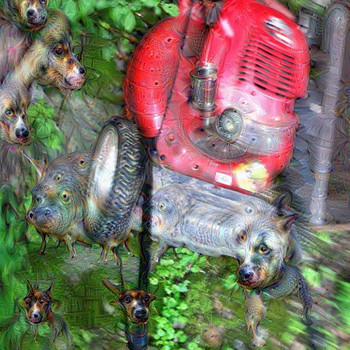Question #ab344
1 Answer
One, probably.
Explanation:
The question is asked as if there is a definitive answer. Since we are dealing with random probabilities, there is a chance that all of the students will get all coins showing heads. And there is a chance that no students will get this result.
Let's just consider the probability of one student getting four coins landing on heads.
The first coin has a 0.5 probability of showing heads. So, in half of the cases where this coin is flipped we expect to see heads. If we throw that coin about 100 times we would expect it to show heads about 50 times.
The second coin also has a 0.5 probability of showing heads. In half of the throws it should show heads. Since the probabilities are uncorrelated with the other coin, we can throw both of these coins together and for the 50 times the first coin showed heads, we should see heads about half the time on the second coin. Both coins will land on heads about 25 times.
So the probability of two uncorrelated events happening together is the product of the probability of each event happening alone:
The same is true for more coins. We just multiply the probabilities together.
This is equal to
So we should expect to see the result of 4 coins coming up heads about once in every 16 tries. But the answer is not going to be exactly once as the question seems to imply.

